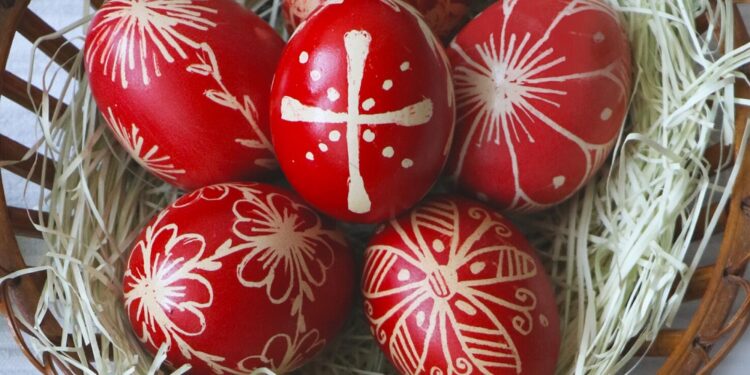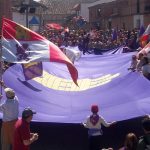
Orthodox Easter Tuesday
In the realm of Christian festivities, Orthodox Easter Tuesday emerges as a significant yet often overshadowed component of the Easter celebrations. This day, nestled in the week following Easter Sunday, carries unique traditions and practices within the Orthodox Christian community.
Historical Background
Orthodox Easter, also known as Pascha, has roots deeply embedded in early Christian traditions. The calculation of its date, distinct from Western Christianity, is based on the Julian calendar.
This divergence leads to a varying Easter date, often celebrated later than in the Western church. Orthodox Easter Tuesday, as part of the Holy Week, inherits this historical backdrop, marking a continuity of ancient liturgical practices and beliefs.
Facts and Significance
Orthodox Easter Tuesday doesn’t typically stand out with specific events or rituals unique to the day. However, its significance lies in being a part of “Bright Week,” the period of continued celebration of Jesus Christ’s Resurrection. This week is characterized by an atmosphere of joy and renewal, with the refrain “Christ is Risen” frequently echoed in churches and homes.
Traditions and Observances
The celebrations of Orthodox Easter Tuesday blend seamlessly with the rest of Bright Week. Liturgical services throughout this period are marked by a less somber and more celebratory tone than those of the preceding Lenten season.
In many Orthodox communities, the Divine Liturgy, a central element of worship, is conducted daily during Bright Week, including Tuesday, emphasizing the continuous joy of the Resurrection.
A notable aspect of Orthodox Easter Tuesday is the relaxation of fasting rules. After the strict Lenten period, this week allows for a more festive and diverse diet, reflecting the celebratory mood. In addition, parishioners often greet each other with the phrase “Christ is Risen,” to which the response is ”Truly, He is Risen.”
Cultural traditions also play a role in the day’s observance. In some regions, Orthodox Easter Tuesday is marked by gatherings, feasting, and the continuation of Easter customs like egg decorating. These social aspects foster community bonds and allow for the sharing of Easter joy.








